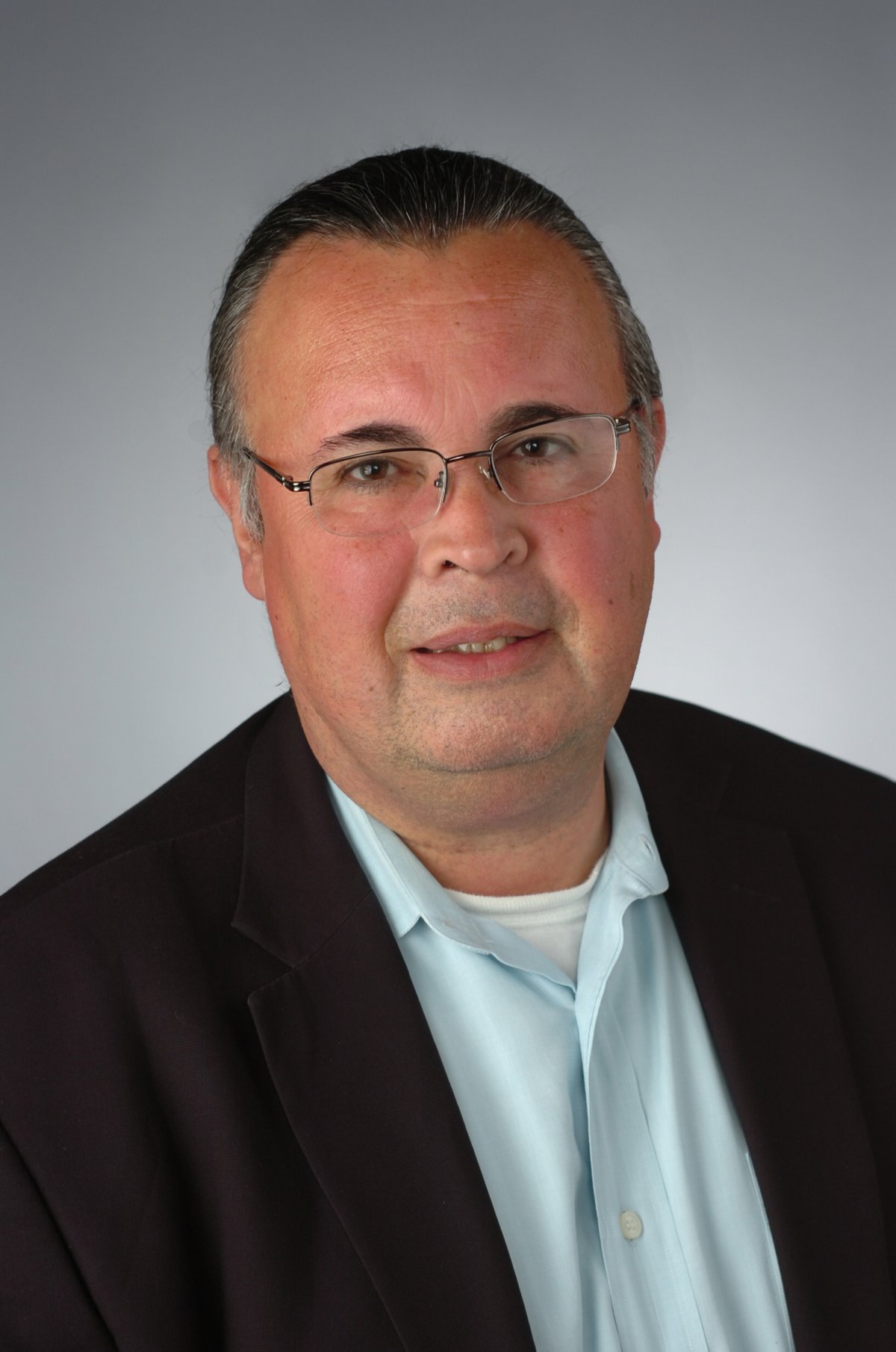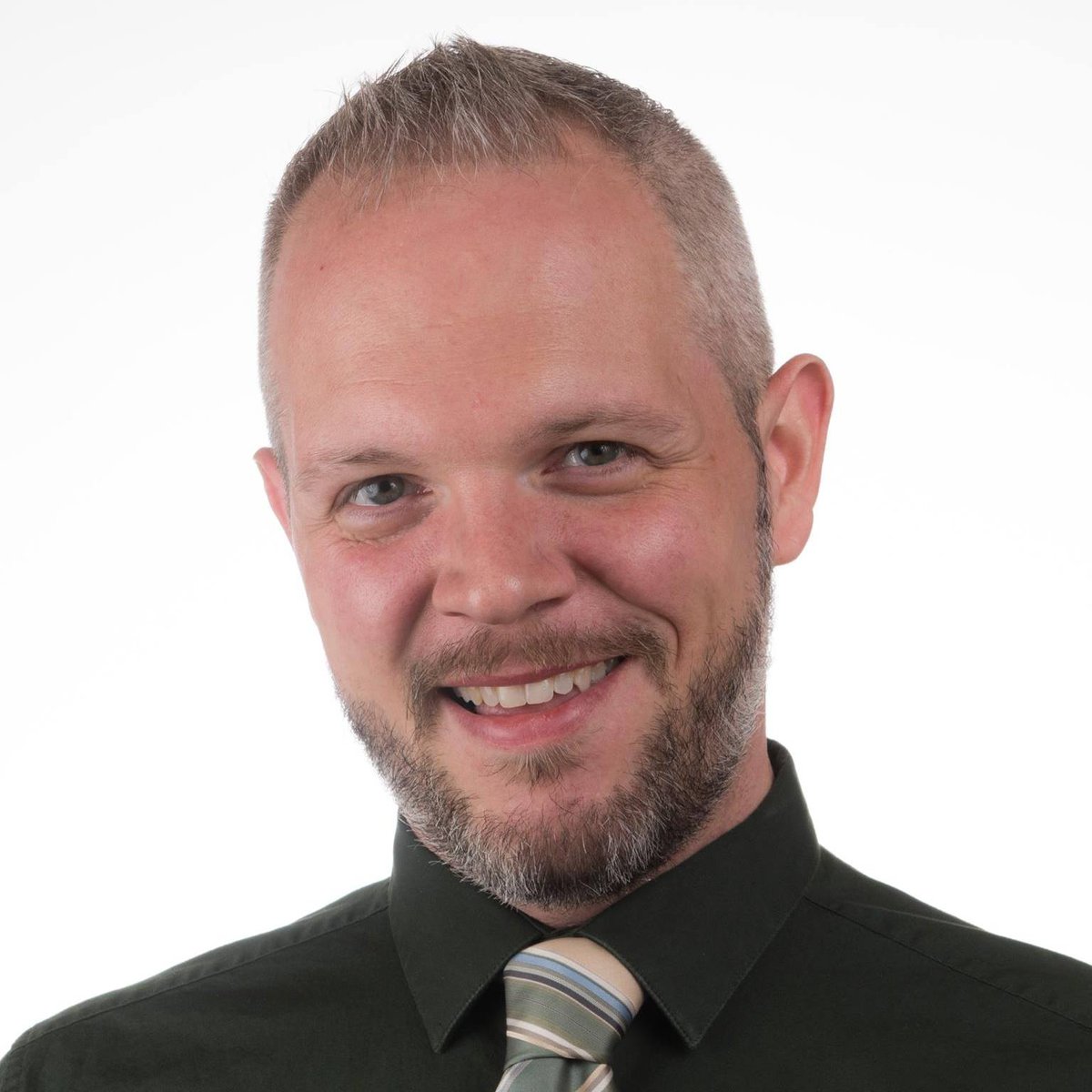Three Ways of Taking Back History
Below, you'll see three different ways that scholars in the College of Arts and Sciences are uncovering historic and cultural truths around the world, thanks to some of the nation’s most preeminent fellowships.
Part I: Challenging the Museum Narrative
In Native American cultures, it is customary to use vivid narratives to pass down traditions, life lessons and rituals. Future generations learn the ways of their ancestors through oral storytelling.

Scott Manning Stevens, associate professor of English and director of Native American and Indigenous studies.
While this has preserved customs among their communities, Scott Manning Stevens, associate professor of English and director of Native American and Indigenous studies in the College of Arts and Sciences, says many of their orally shared histories are generally discounted, ignored or misrepresented by academic historians because of their insistence on written accounts and documents as the most reliable sources for recording past events.
He says the result is a historiography dependent on the records of colonizers, missionaries and partisan historians of the past, all writing with their own agendas.
To rectify this, Stevens says Indigenous communities must supplement their oral histories by turning to physical evidence produced by their ancestors which cannot be ignored, such as material items and archeological evidence. But many of these collections—which include cultural objects such as weaving, woodwork, basketry, clothing, weapons and musical instruments—are often collected, displayed and interpreted by non-Indigenous institutions.
“As a boy, I wondered, why was our culture in their museums?”
Scott Manning Stevens
Stevens, who is a Mohawk citizen of the Haudenosaunee Confederation, whose ancestral homelands are in what we now call Upstate New York, says, “This sort of cultural alienation, which allows outsiders authority in interpreting one’s material culture, needs to be addressed.”
Thanks to a fellowship from Harvard University’s Radcliffe Institute for Advanced Study, Stevens will spend the next year in Cambridge critically assessing the history of Haudenosaunee materials represented in the collections of archives, museums and galleries, asking questions like: Who created them? How were these artifacts obtained? And for what reasons? He will publish those findings in his book, Indian Collectibles: Appropriation and Resistance in the Haudenosaunee Homelands.

A tomahawk and other 18th-century objects in the Fenimore Museum in Cooperstown.
Stevens’ new work is based on research he conducted over several years at museums and archives in Albany, New York; New York City; Chicago; Montreal; Philadelphia; and Washington, D.C. He says he has spent years filling notebooks with information on material items, drawings and paintings, linguistic collections and historical maps representing his homelands from the colonial period to 20th century.
Stevens hopes his new book will be a resource for contemporary Haudenosaunee people, so they can use those same collections to tell their own story. He also anticipates that his work could also serve as a guide or template for citizens of other Native nations to engage in similar research on behalf of their cultures.
Stevens’ work on this project engages in his long-standing interest in ethnographic collecting. In spring 2021, he spent a semester in Hungary teaching at the University of Debrecen and conducting research at ethnographic museums on a Fulbright fellowship.
Stevens says he looks forward to collaborating with other fellows at the Institute who share in related areas of research, including Tiya Miles, professor of history and Radcliffe Alumnae Professor at the Radcliffe Institute for Advanced Study, whose work explores the intersections of African American, Native American and women’s histories; and Amanda Cobb-Greetham, professor and founding director of the Native Nations Center at the University of Oklahoma, who is a Chickasaw scholar and has written important works on museums and other cultural centers.
Part II: Exploring Photography as Activism in the 1920s–’40s
Have you ever tweeted or posted on Facebook about a political or social issue? If so, you are part of the more than 50% of Americans who report being civically active through social media, according to a 2018 study by the Pew Research Center. While participating in political or social-minded activity today is as easy as turning on a computer or smartphone, political organizing in the 1920s and 1930s relied on the power of print media.

Margaret Innes, post-doctoral researcher in art and music histories
Margaret Innes, a post-doctoral researcher in art and music histories, has long been interested in studying the role of photography within the American radical labor press of the 1920s–1930s.
According to Innes, the American radical labor press was the media apparatus that emerged to support the labor movement between the world wars. Factors such as unemployment, racial and ethnic discrimination, and unsafe working conditions motivated political activists to organize workers, and pictorial newspapers and magazines played a key role in reaching wider audiences. She says the radical branch of the labor movement spearheaded initiatives that led to historic gains for workers’ rights, including industrial unionization and the right to collective bargaining.
Innes is specifically interested in researching collective photographic formations from the interwar period. One example, which Innes documented in her dissertation while pursuing a Ph.D. at Harvard University, is the Workers Film and Photo League, which had local branches across the U.S. This group of photographers joined forces in the early 1930s to document the lives and class struggles of American workers. Innes has now been awarded a fellowship by the American Council of Learned Societies (ACLS) to continue that work in her new book project, Collective Forms: Photography, Print Culture, and Radical Labor between the World Wars.
The ACLS Fellowship Program, which awards fellowships to scholars working in the humanities and related social sciences, will support Innes over the next year as she researches and drafts her book.

Photography was a tool to help organize workers as the labor movement grew between the wars.
It will explore how photography was used between 1926 and 1942 to organize workers as a community. She says the publications and photographers she studies all shared a concern to picture working-class life, struggle and solidarity; however, they often disagreed about how photography could best serve these ends.
“My book will look at an earlier media ecosystem and address how photography played a role in destabilizing the parameters of capitalist nation-building to organize workers for an international proletarian movement,” she says.
Part III: Preserving African Language and Culture
The proliferation of politically powerful languages like English and Hausa in African countries like Nigeria has come to threaten many of the over 500 languages spoken throughout the country. Christopher Green, assistant professor of linguistics, seeks to describe and document some of those languages that appear on their way to endangerment.

Christopher Green, assistant professor of linguistics.
Green is a recipient of a National Endowment for the Humanities (NEH) Dynamic Language Infrastructure Documenting Endangered Languages fellowship for his project, “Documentation and description of Jarawan languages.”
Jarawan languages are a small group of approximately 20 to 25 languages spoken in Nigeria and Cameroon that Green says are essentially undescribed and undocumented. While his past research has mainly focused on other language groups in Africa, including Mande, Cushitic, and Bantu, he was introduced to Jarawan languages when former graduate student, Milkatu Garba G’20, joined the linguistic studies program in 2018. Garba is from Nigeria and a native speaker of a Jarawan language called Mbat.

Milkatu Garba G’20, research collaborator and native speaker of Mbat.
Since 2018, Green and Garba have collaborated on this research, and the new NEH grant will allow their team to analyze materials that they continue to collect on Mbat, with the goal of publishing a sketch of its grammar with an accompanying lexicon. They will also begin data collection on two other Jarawan languages, Duguri and Galamkya, to better understand the similarities between each of these languages. The data they generate will also help them to better understand how Jarawan languages relate to Narrow Bantu and Southern Bantoid, which are two major African language groups.
Thanks to NEH funds and additional research funds from Syracuse University’s SOURCE initiative, Green will work closely with several current and former SU students to provide them with the opportunity to do practical and hands-on linguistic research. Members of the project team include Soyoung Kim G’20, Will Hagerman G’21, Peyton Cameron ’22, who is dual majoring in linguistic studies and international relations, and Garba G’20.
Green says that he hopes his research will curb the decline in the number of speakers of these languages, a matter of great concern to the Tadnum Traditional Council in Bauchi State, Nigeria, who have endorsed Green’s work. “We are working to preserve the languages of the
Jarawan people in the face of an evolving and globalizing world,” he says. “This fellowship will help carry on their rich cultural heritage.”


